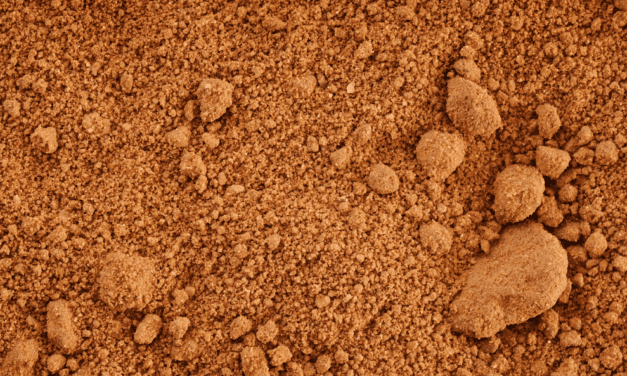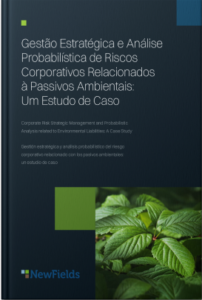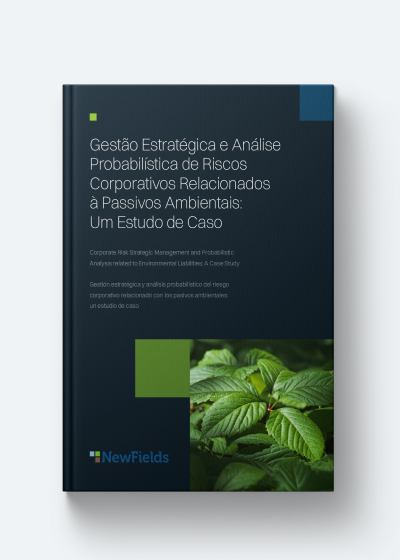The Fundão Dam breached on 5 November 2015 (the “Event”), resulting in the release of tailings, water, scoured sediment and/or soil, and other debris to downstream watercourses. Statistical analyses using historical and recent water quality measurements were conducted to assess the extent to which water quality in the Rio Doce was recovering to baseline conditions. A review of station- and/or parameter-specific water quality time series in the Rio Doce revealed two challenges: pre-Event data imbalance and seasonality. Due to the combined effects of these two factors, data gathered from Rio Doce water quality stations before the Event likely underestimated concentration ranges and limited the usefulness of common recovery assessment techniques such as times series and water quality standard exceedance analyses. These challenges were addressed by calculating quarterly and watershed-specific river-to-tributary ratios. R code was used to produce spatiotemporal time series for 44 investigated parameters that were measured both before and after the Event. The water quality recovery durations shown by the parameter- and/or region-specific river-to-tributary ratio time series indicated that (a) turbidity provides the most conservative measure for water quality recovery; (b) chemical parameters associated with the tailings, like manganese and iron recovered faster than turbidity; and (c) other investigated parameters unrelated to the tailings showed either no discernable impact or rapid recovery after the Event. The resulting parameter- and/or region-specific river-to-tributary ratio time series provided reliable and quantifiable estimates of water quality recovery durations. The water quality in the region furthest from Fundão Dam, in Espírito Santo, recovered one year after the Event, while water quality in the closest region to Fundão Dam, upstream of Risoleta Neves (Candonga) Dam, recovered 4.2 years after the Event. Integr Environ Assess Manag 2023;00:1–13. © 2023 Newfields Companies, LLC. Integrated Environmental Assessment and Management published by Wiley Periodicals LLC on behalf of Society of Environmental Toxicology & Chemistry (SETAC).
Atualizações na página do Ibama trazem mais transparência na regulamentação de produtos remediadores
Recentemente, a página do Ibama dedicada a produtos remediadores passou por uma reformulação,...



